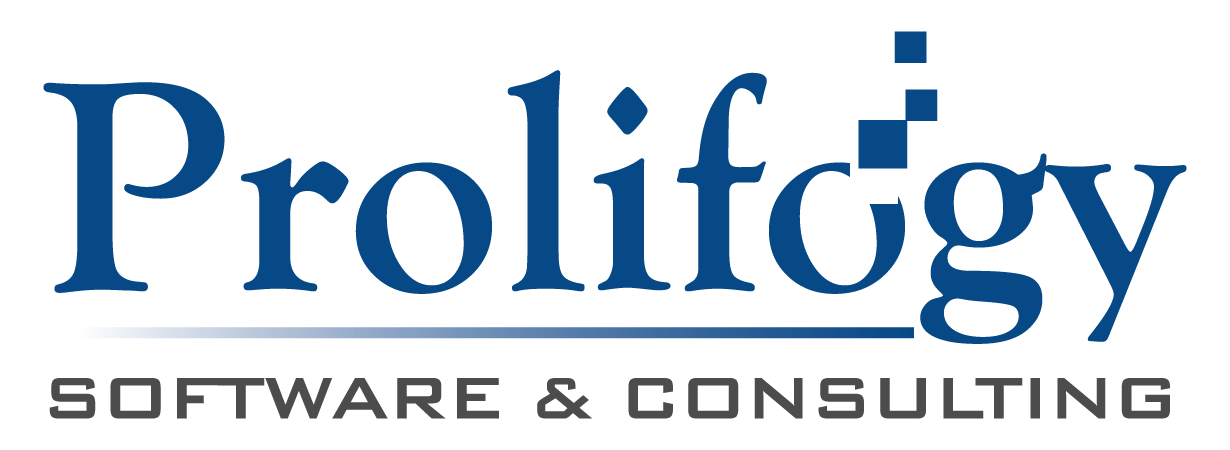7 Ways Merger & Acquisition Code Reviews Are Different
No two code reviews are the same, but those done as part of company mergers or acquisitions are especially unique. Here’s why.
-
M&A code reviews require learning code from scratch.
When initiating a code review as part of a merger or acquisition, you’ve likely never seen the software assets in question before. For this process to work, the code reviewer must be able to start from nothing and quickly learn the software’s code to provide feedback.
-
M&A code reviews happen on short timelines.
Standard code reviews can often unfold over several weeks. Merger and acquisition code reviews, however, typically must be completed in no more than a few weeks because the due diligence is limited. The code reviewer must not only be able to work within this time crunch, but also be able to respond promptly to last-minute requests.
-
What’s under the hood?
Prior to requesting a code review, you may have used the software application or viewed a demo of it, but ultimately, this doesn’t offer any insight into the actual quality of the source code. A flashy, well-designed front-end could still be supported by inadequate underlying code, or vice-versa. The only way to determine this is a thorough code review during the M&A due diligence process.
-
M&A code reviews involve atypical inspection needs.
An ordinary code review wouldn’t typically include study of how many developers worked on the application and for how long. However, in a merger and acquisition code review, you may be looking to understand the software team’s level of productivity and find out who is outperforming others or who isn’t pulling their weight.
-
M&A code review clients often need a hands-off review process.
As part of the merger or acquisition, you no doubt have your hands full with other due diligence matters and don’t have the time, interest, or technology background to be a broker between the code reviewer and the company with the software assets in question. In an M&A code review, the code reviewer can take this problem off your hands by interacting directly with the company that owns the source code without involving you.
-
M&A code reviews can be part of a hostile situation.
Sometimes mergers and acquisitions are hostile in nature. The company that owns the software assets may refuse to release documentation or the full source code due to restrictive security policies, and in extreme scenarios, the source code may be entirely unavailable. The code reviewer may be required to perform a zero-knowledge review that requires reverse engineering software with only publicly available information to assist.
-
M&A code reviews require more customization.
Merger and acquisition code reviews are targeted to specific areas of interest or concern and are therefore typically geared more toward estimating software value rather than generating a list of bugs in the code that must be corrected. Your code review report will need to be customized to your specific needs and questions.
The dynamics involved with merger and acquisition code reviews are unique and complex. It’s important to entrust this important process of due diligence to a company that truly understands your needs and is equipped to handle these types of varied and customized code reviews.
We can help. Prolifogy’s level of service and experience in this area is unmatched, and our team of code review experts is well-versed in each of these seven scenarios. To get started or to learn more about our merger and acquisition code review services, call 855-PROLIFOGY (776-5436) or use our Contact form.
